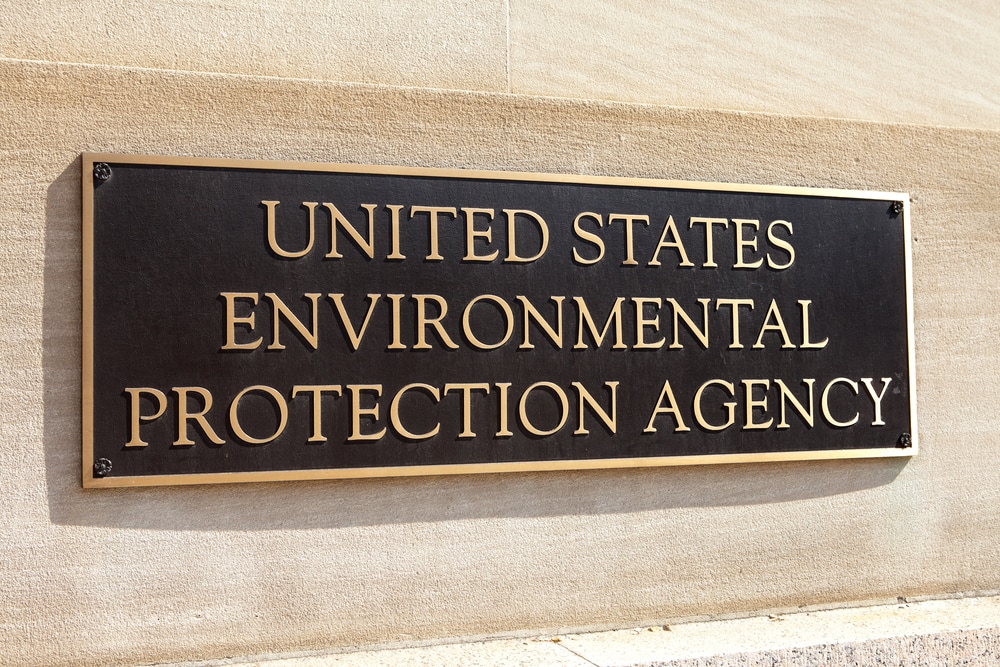NHTSA forces Cal DMV to walk back self-driving car rules
The California Department of Motor Vehicles attempted to force one of the most promising automotive innovations in history to do what people waiting to register their cars do DMV offices every day: wait in long lines and fight through bureaucratic delays.
Fortunately – and somewhat surprisingly – the federal government stepped in to cut through the bureaucratic malaise.
The issue is self-driving cars, also known as autonomous vehicles, the rapidly evolving technology that promises to improve Americans’ safety and mobility dramatically by removing the key cause of car accidents – driver error. The state DMV had recently introduced draft regulations that threatened to stymie the technology’s development. But when it comes to regulating the nuts and bolts of self-driving cars, the federal government insists it runs the show.
The National Highway Traffic Safety Administration had been strangely quiet as states like California began adopting standards for deployment of self-driving cars. But on Tuesday, NHTSA reasserted its primacy by releasing guidelines that included, among other things, a “model state policy” aimed squarely at keeping overly ambitious state regulators in their place.
The Golden State, in particular, is likely to need to re-evaluate its approach. Charged by the Legislature in Sacramento with developing the state’s autonomous vehicle regulations, the California DMV released a set of rules at yearend 2015 that have been the subject of intense scrutiny from academia and industry. The DMV decided to forbid deployment of vehicles without traditional driver-input devices, like steering wheels and pedals, which drew particularly sharp criticism because of the rule’s potentially stultifying impact on the technology’s development.
The primary benefit of self-driving cars is that they expected to reduce the impact of the most dangerous part of the driving equation – the driver. More than 90 percent of driving-related incidents are attributable to human error, be it distracted driving or just plain bad judgment.
Under NHTSA’s guidelines, a ban like California’s would be beyond the scope of a state’s regulatory remit. The NHTSA’s interpretation of the Highway Safety Act limits the states to their areas of competence: licensing teens; sorting out registration; overseeing safety inspections; and regulating insurance and liability concerns. In no uncertain terms, NHTSA made clear that federal law preempts states from issuing:
any standards that regulate(s) performance if that standard is not identical to an existing Federal Motor Vehicle Safety Standard regulating the same aspect of performance.
Which means that there will be no “California specials” when it comes to autonomous vehicles. What has allowed California to get out ahead of the federal government is that, to date, there is not yet any federal standard in effect that contemplates highly self-driving vehicles. But it appears such standards are on the way, and NHTSA wants states to know that:
if NHTSA issued an FMVSS setting performance requirements for (highly self-driving vehicles), then a state could not have its own performance standard…
Which, with even a moment’s reflection, makes sense. After all, in a nation as large and as interconnected as ours, if the technical requirements of future modes of transportation were different from state-to-state, it would be more difficult to travel between states than it is today. Such a development would be a non-starter. In this case, it makes sense for standards to be set at the federal level.
Faced with this reality, the California DMV responded to the NHTSA guidelines with a statement that affirmed it also wants to create a consistent approach to self-driving vehicle regulation and supports a national framework for testing and deploying autonomous vehicles. More concretely, the California DMV signaled it would revise its draft regulations to conform to the NHTSA guidance and will hold another public workshop to discuss those revisions Oct. 20 in Sacramento.
Californians should celebrate this development. The flaws with the state’s initial draft regulations went beyond the ban on truly self-driving cars. The rules also included bans on the commercial use and outright sale of such vehicles. If implemented, such bans would effectively curtail one of the largest near-term benefits that self-driving vehicles can bring us: safer and more efficient road-going freight transportation.
In light of NHTSA’s guidelines, California would do well to leave its first effort behind and treat NHTSA’s model state policy as a floor from which to build upward. In the process, the DMV could help developers of self-driving vehicle technology cut through the bureaucratic lines and more quickly bring this lifesaving technology to market.
Image by Mopic / Shutterstock.com








